Our Premier League news section provides insight into everything happening within the league including current issues, transfer speculation and betting insight to help you make predictions on individual games.
Bet Slip
Premier League
Latest Premier League news
Latest Premier League News
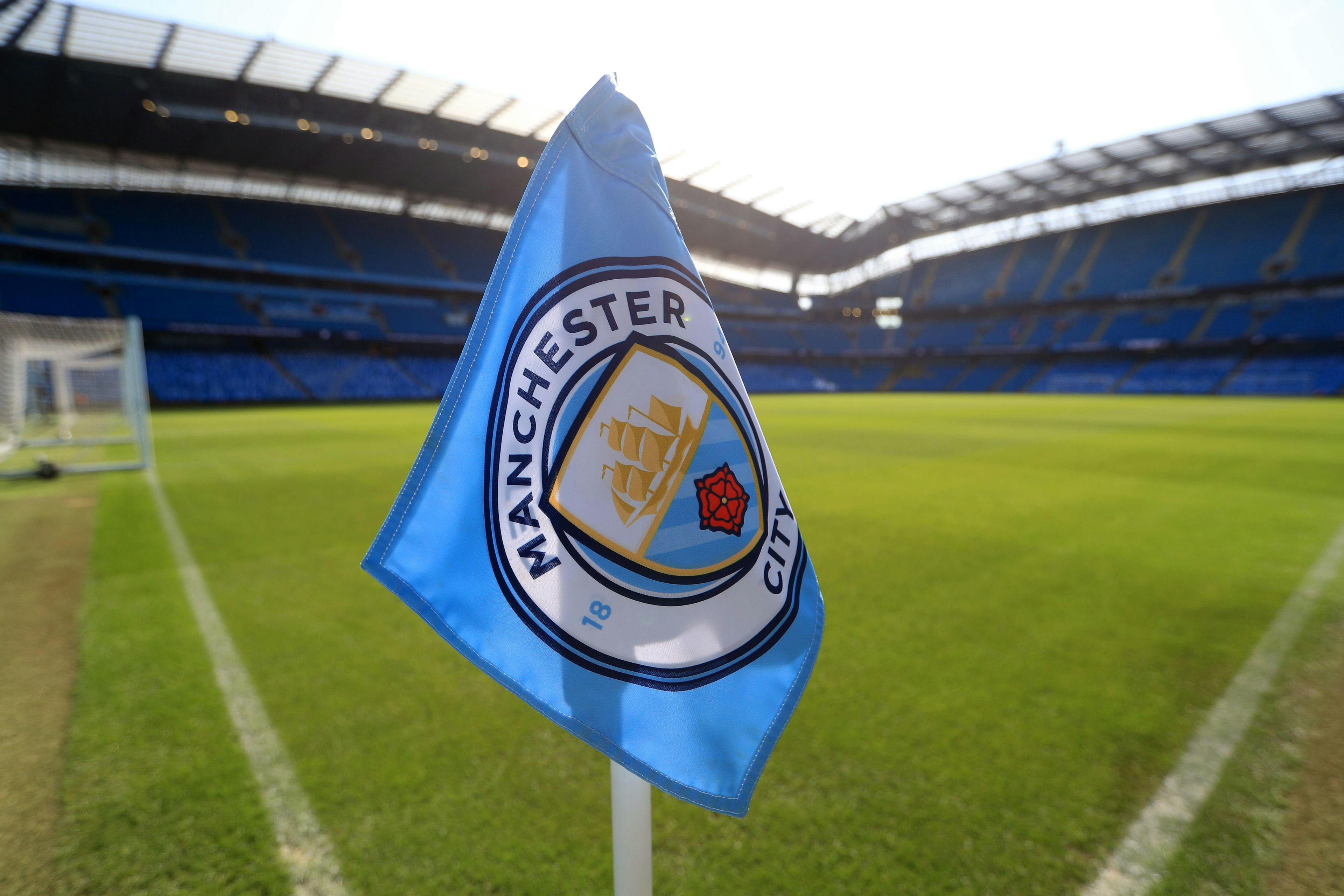
Man City vs Liverpool: 134/1 Mega Bet Builder Tip
Manchester City and Liverpool lock horns at the Etihad in the Premier League this weekend, in a fixture that carries added significance given both clubs' strong starts to the seaso...
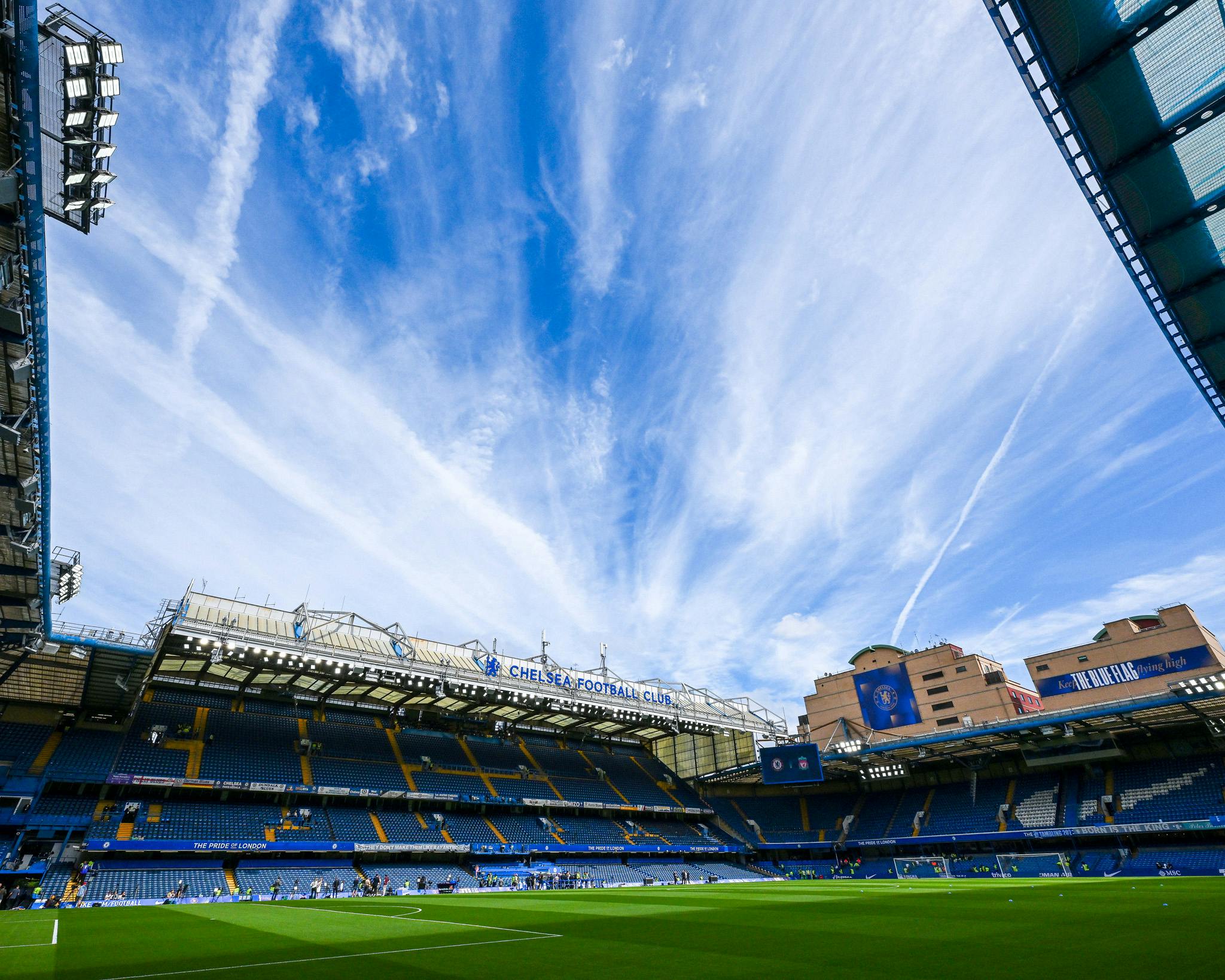
Chelsea vs Wolves: 48/1 Mega Bet Builder Tip
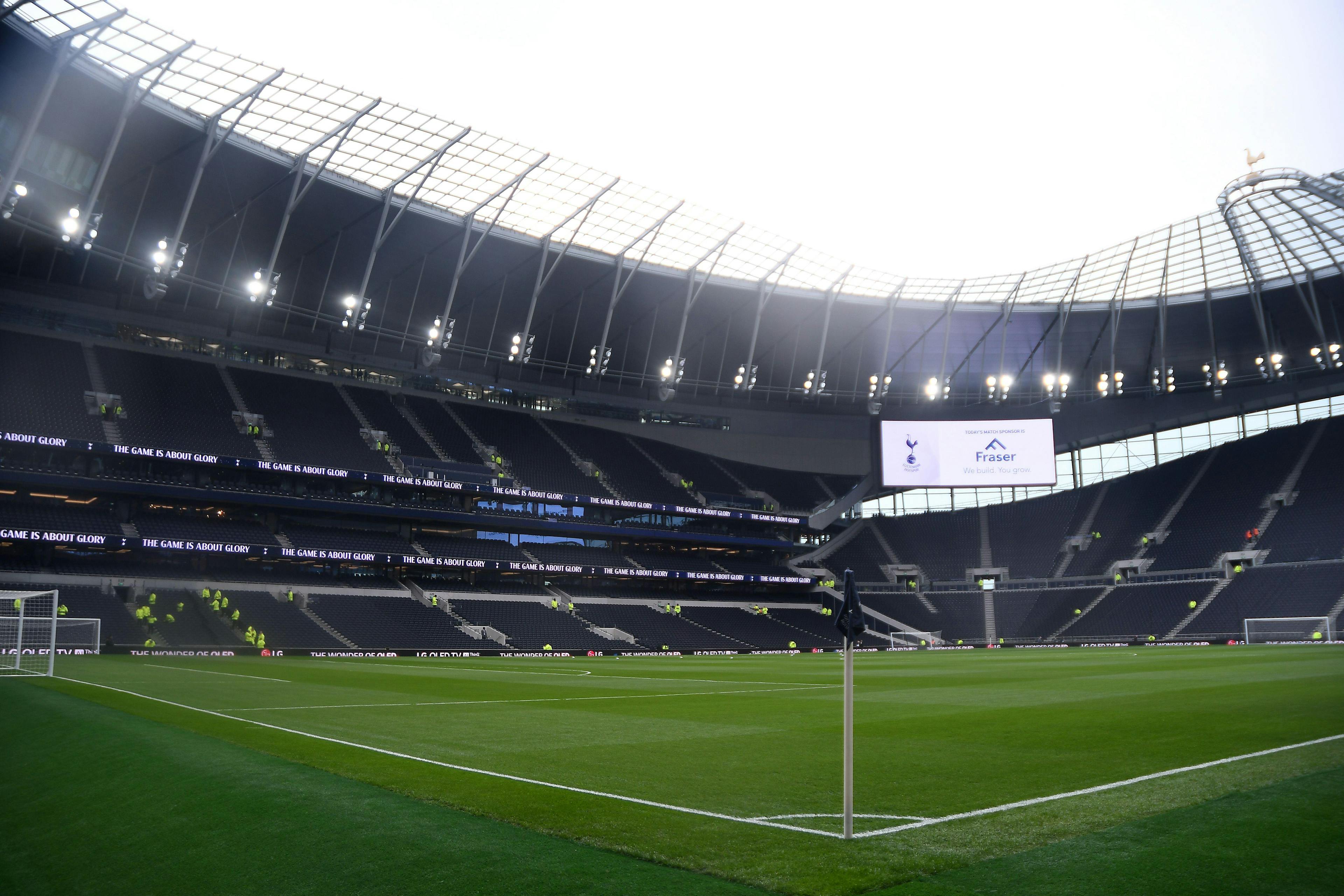
Tottenham vs Man United: 54/1 Mega Bet Builder Tip
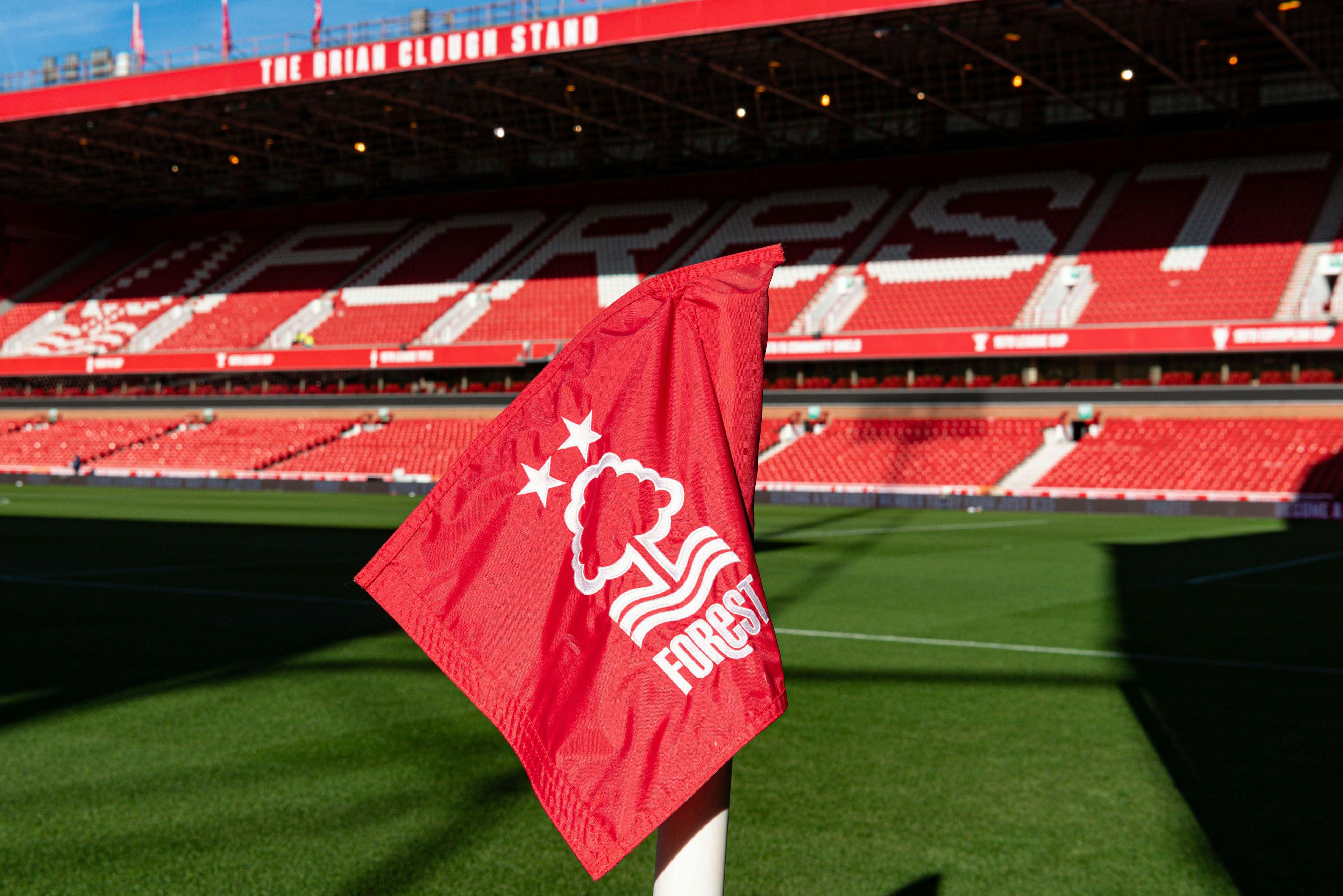
Nottingham Forest vs Leeds: 61/1 Mega Bet Builder Tip 09/11/2025

Sunderland vs Arsenal: 47/1 Mega Bet Builder Tip 08/11/2025

West Ham vs Burnley: 50/1 Super Bet Builder Tip with BOYLE Sports 25% Boost - 8th November 2025

Sunderland vs Everton: 47/1 Mega Bet Builder Tip 03/11/2025
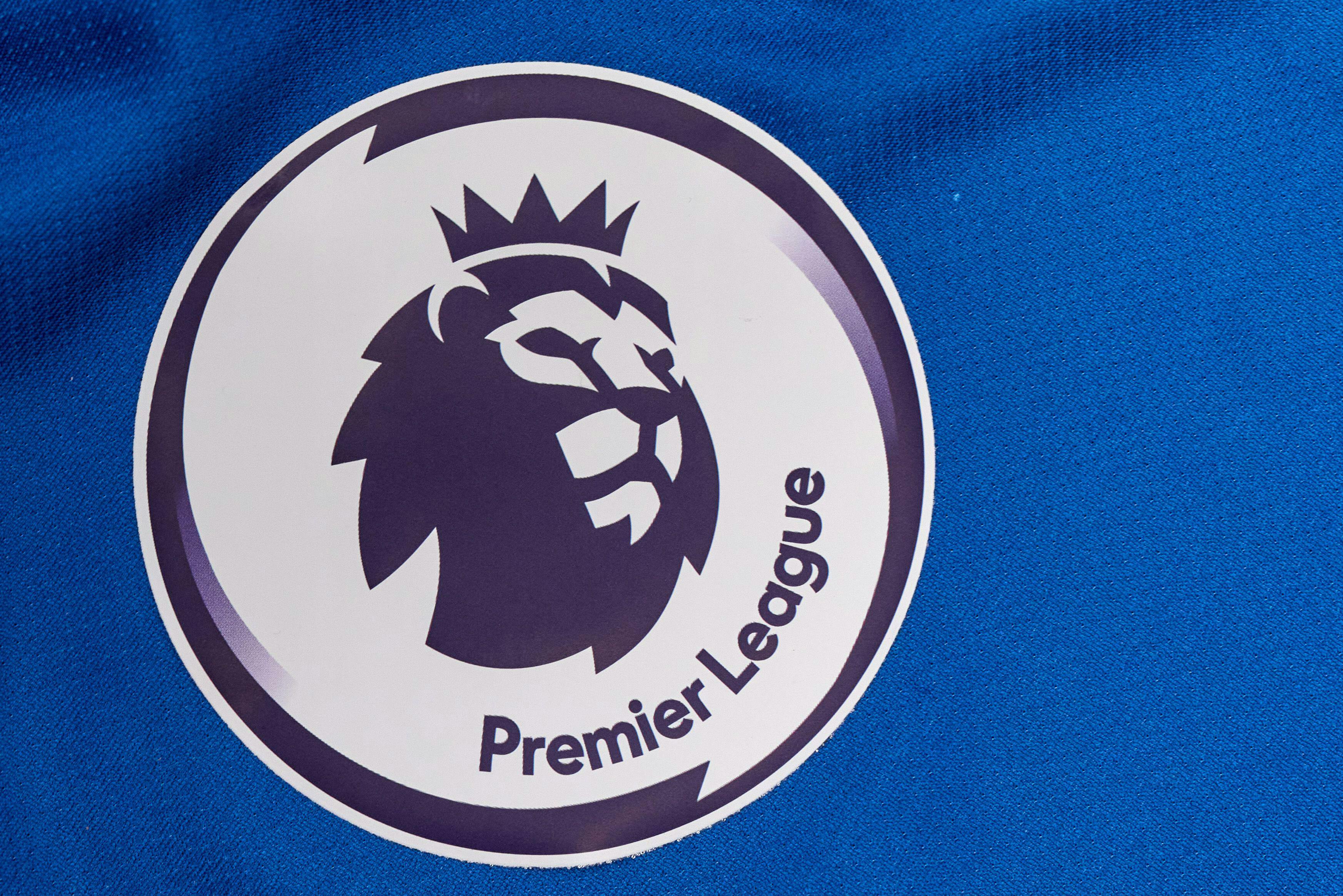
Premier League Tips & Predictions: Best Bets for Every Saturday Match 01/11/2025

Nottingham Forest vs Man United: 66/1 Super Bet Builder Tip with BOYLE Sports 25% Boost - 1st November 2025
